Before They Were Big: DICE - News
by VGChartz Staff , posted on 31 October 2011 / 4,939 ViewsIf there is any developer can compete with Activision and their Call of Duty franchise, it's DICE. But where Infinity Ward only had a handful of titles under their belt leading up to the Call of Duty franchise, DICE has a more extensive and varied history rolling all the way back to 1992, starting with the Commodore Amiga.
Founded by Ulf Mandorff, Olof Gustafsson, Fredrik Liliegren and Andreas Axelsson in Växjö, Sweden, Digital Illusions Creative Entertainment, or DICE, started out making pinball games in a dorm. In their first year they released two pinball titles, Pinball Dreams and its sequel, Pinball Fantasies. The titles found a quite the following and Pinball Fantasies still receives ports today, the most recently being a version for the Nokia N9, handled by Cowboy Rodeo. Within the next four years, DICE would make two more pinball titles, Pinball Illusions which was also for the Amiga, and True Pinball for the PlayStation and SEGA Saturn.

In between these back-to-back pinball games, DICE created a semi-original title. Benefactor, for the Amiga and Amiga CD, was a twist on the Lemmings formula, where the player is within the world itself, rather than just a floating cursor. Not only did they have to save the Lemmi-, I mean “Merry Men,” they also had to do an extensive amount of platforming to get around the levels. The Merry Men handled themselves more efficiently than the lemmings though, so the player could focus more on their own character. Being published by the same publisher of the Lemmings series, the title references Lemmings with a level dedicated to series, where the Merry Men are cursed and can only walk forward, requiring the player to deliver them safely to the goal.
After their last pinball release, DICE would change their focus, setting their sights to the racing genre. Gamers would get their first glimpse at their work through a 1997 freeware promotional title, S40 Racing. Consisting of only two tracks and a single car, the title was created to promote Volvo's S40. More importantly, the title used the same engine as their upcoming racing game, MotorHead for the PlayStation and PC. MotorHead , released in 1998, took a darker look at in-game environments with a focus on urban racing. The atmosphere of the title was praised and the release eventually moved over a million units by 2003. Much like their pinball series, this title would mark another four years of working with a single genre, many of which were licensed to brands, including the Swedish Touring Car Championship, NASCAR and even Matchbox.
DICE would branch out into other licensed titles, including hardcore gaming hits like Diva Starz: Mall Mania and multiple of Shrek titles. They even took a shot at educational games with JumpStart Dino Adventure Field Trip and JumpStart Wildlife Safari Field Trip. Amongst all these licensed releases, DICE was looking to expand, purchasing Sandbox Studios and, possibly one of the single most important choices they made, Refraction Games.

What made Refraction Games such a huge asset to DICE and its development is found in Refraction's final title before being purchased by DICE, Codename Eagle. It was a flawed yet ambitious title that put players in a vast environments in both single and multiplayer. With such huge environments, vehicles were added including motorcycles, tanks and impossibly difficult to pilot airplanes, which fans of DICE are probably all too familiar with. The title, however, lacked polish. While it found its following, it never became a huge hit. With so much untapped potential in the design, DICE started work on a spiritual sequel using their new found resources.
After two years of working with the staff of Refraction Games, DICE was ready to launch their latest title alongside EA as their publisher – Battlefield 1942. Taking the focus off the single player and expanding the promising multiplayer of Codename Eagle, Battlefield 1942 became a huge hit with PC gamers. The large environments, vehicles and large-scale cooperative nature of the title was something many gamers hadn't seen before, and for those who did play Codename Eagle, not in such a polished state. Despite allowing up to 64 players, the title's cooperative focus held together, as players were tasked with capturing outposts in a mode called Conquest and were given different roles to fill including Engineer, Medic, Anti-Tank, Scout and Assault. Players had to work together to overcome each base to eventually push the other team off the map.
Due to its success online and at LAN parties everywhere, EA and DICE moved on to create two expansions for the original title, as well as a release focused on Vietnam instead of World War II. Afterward, despite having a huge focus on Battlefield already, the company was still creating licensed titles on the sides, as well as some racing releases. EA announced that they intended on purchasing DICE. By 2006, the deal was completed. DICE has since been working mainly on a variety of Battlefield sequels, spin-offs and expansions. In 2008 they were given the opportunity to work on a new IP, Mirror's Edge. Despite gaining a following, the release didn't perform as expected at retail, pushing off talks off a sequel for now. After six years of being absent from the racing scene, in 2010 they started lending a hand to the Need For Speed titles alongside developing the multi-player for the 2010 reboot of the Medal of Honor series.

With EA gearing up the Battlefield series to compete with the top franchise in the industry, DICE has quite the wall to tackle. While they may never topple the giant, their expertise from their years with the Battlefield series will surely keep them as one of the most relevant competitors to the franchise. It's always nice to see a talented developer get a breathe of fresh air, but it looks like it might be awhile before DICE gets that chance again. Until then, hopefully we can at least get Mirror's Edge 2. I wouldn't hold my breath.








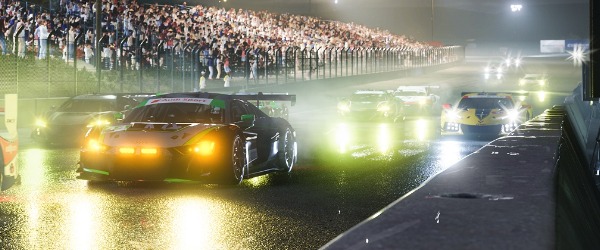
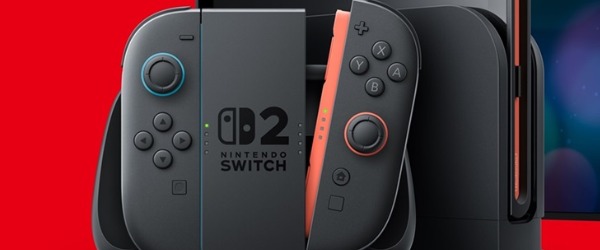
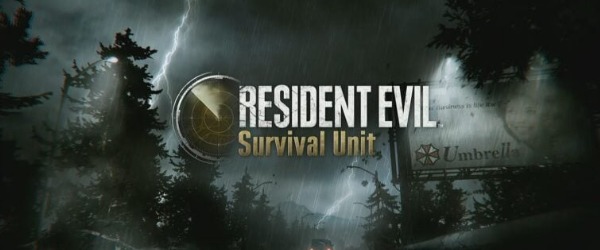













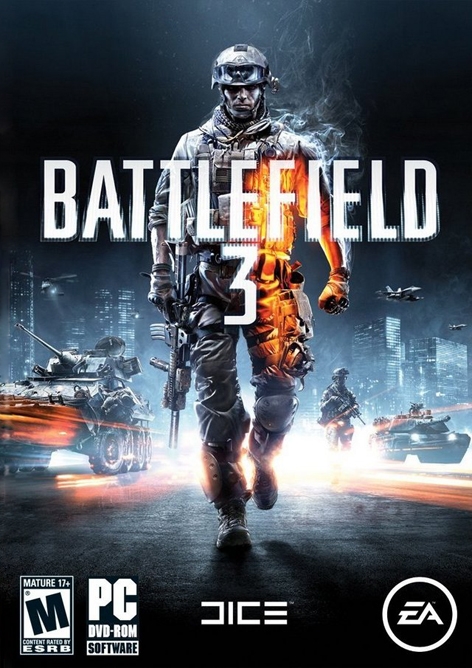
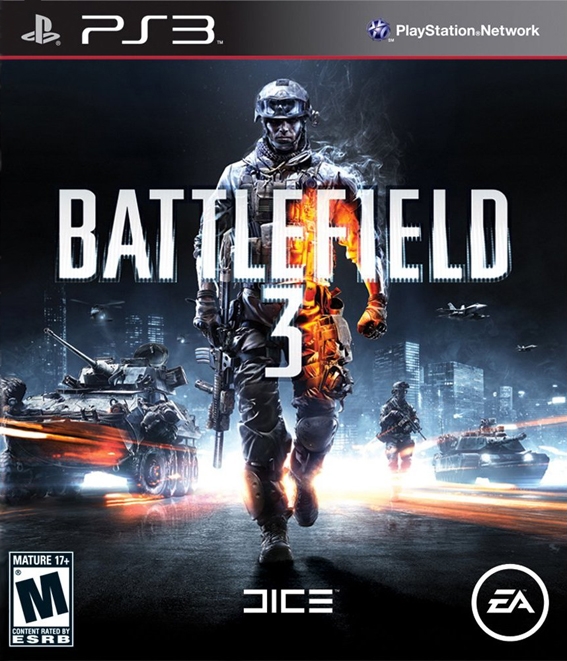





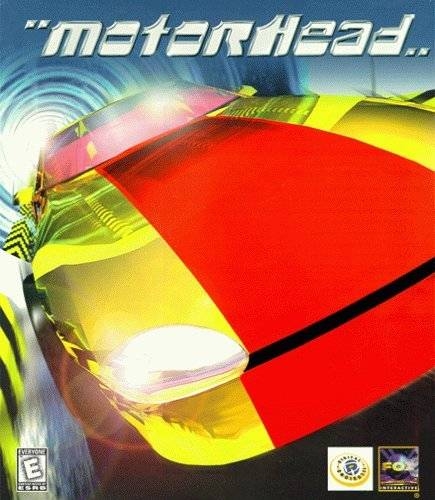
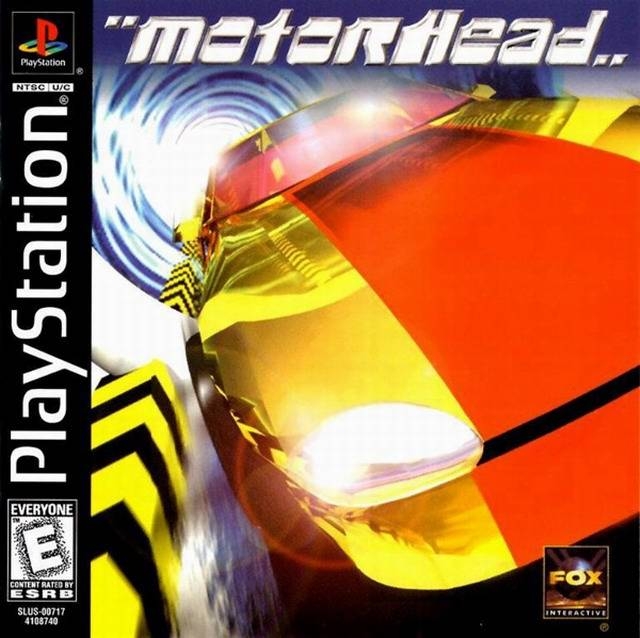

 Essay Pro
Essay Pro